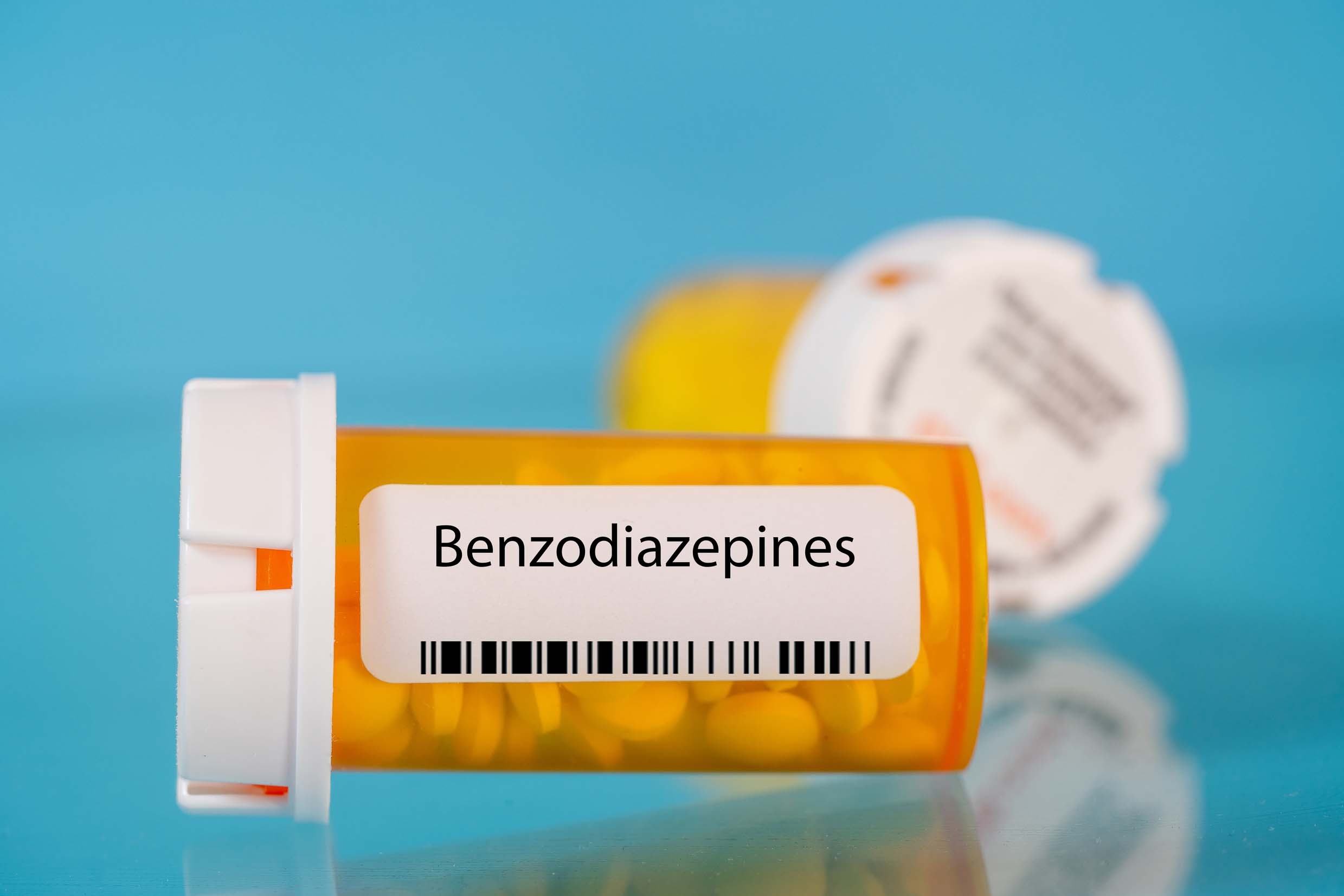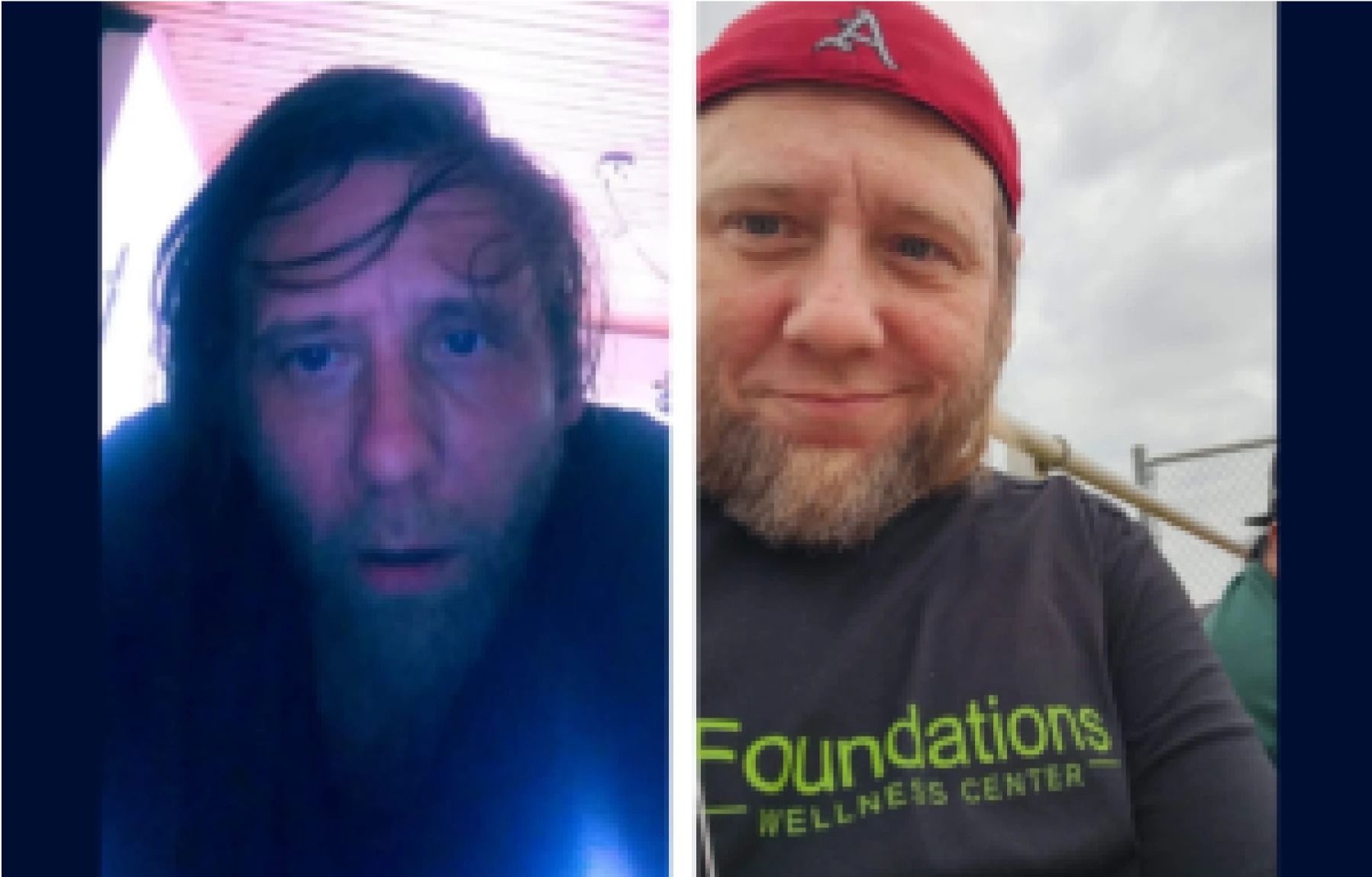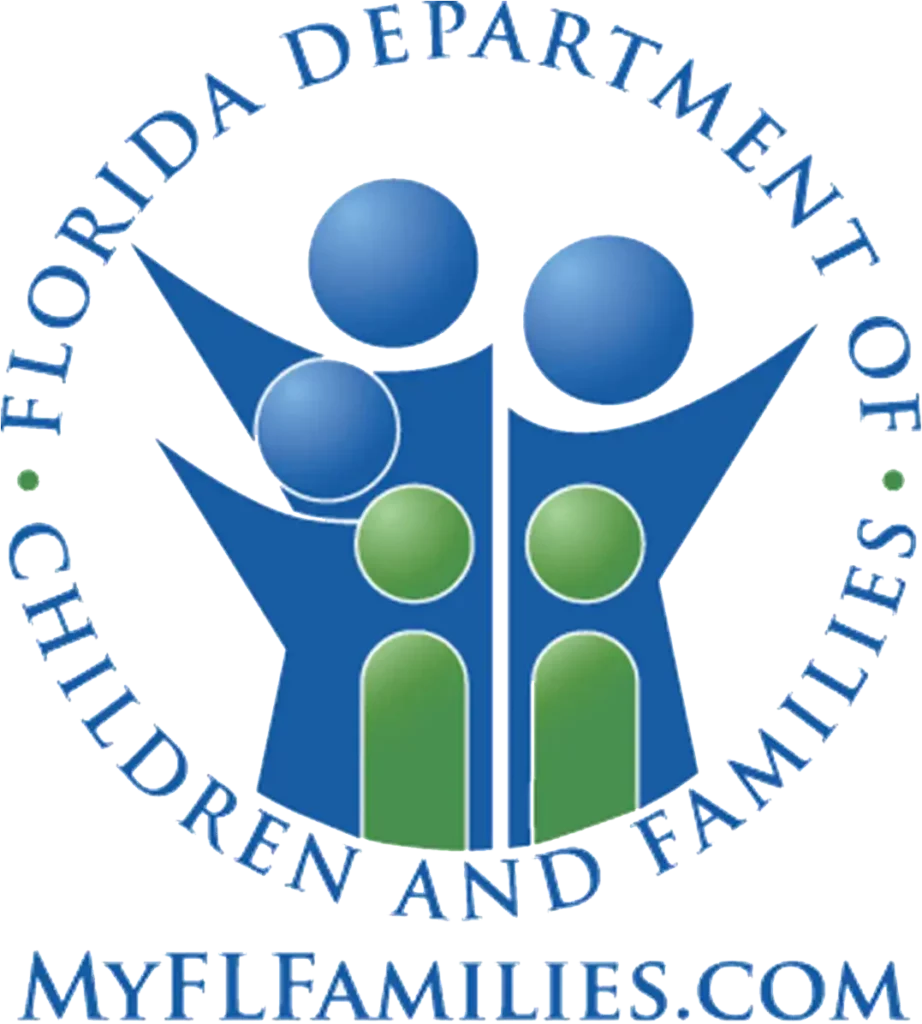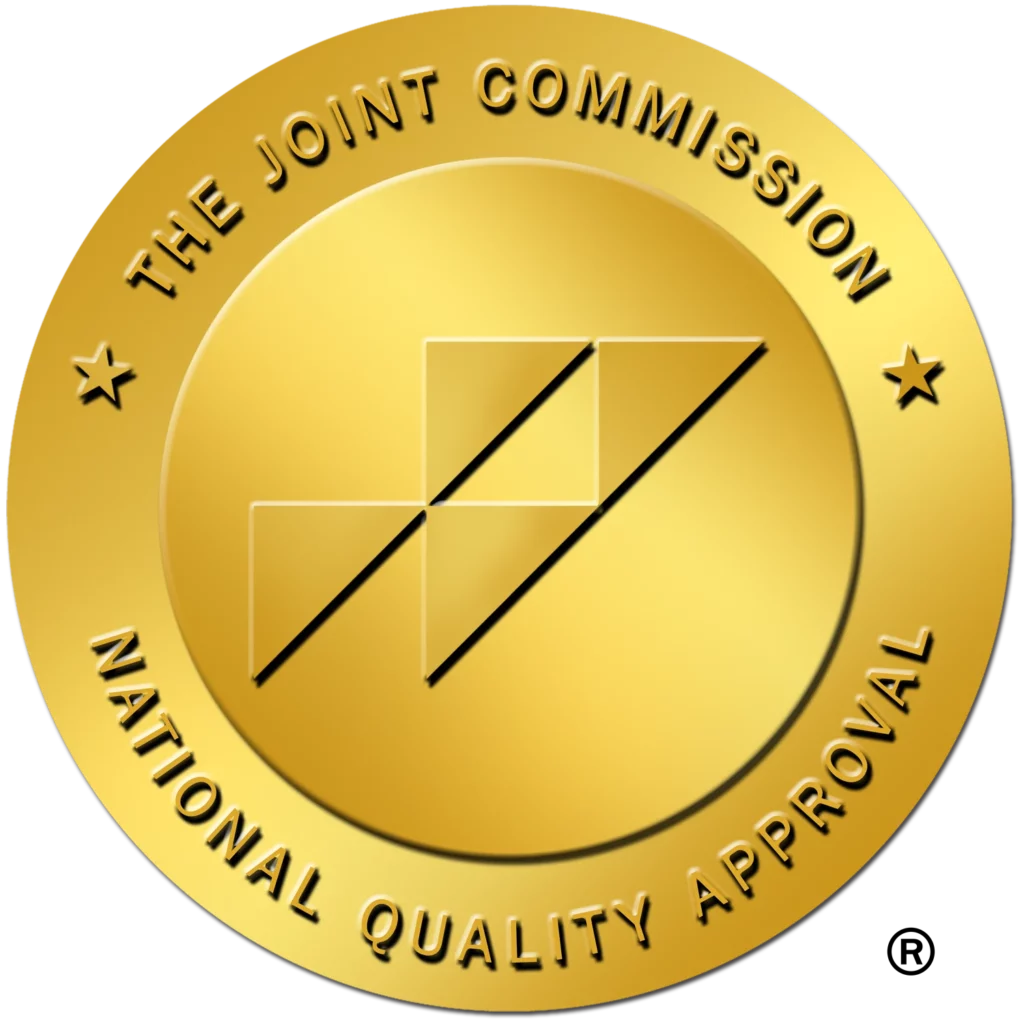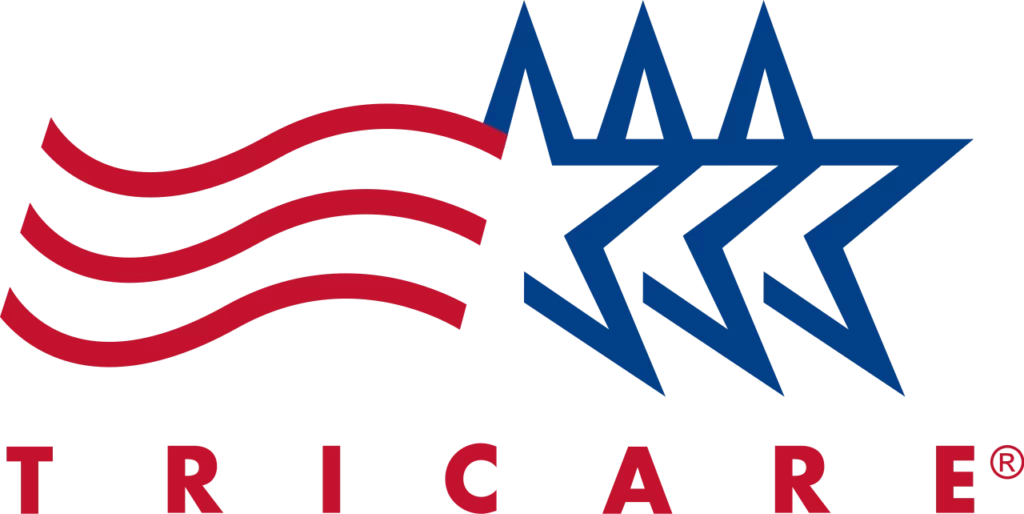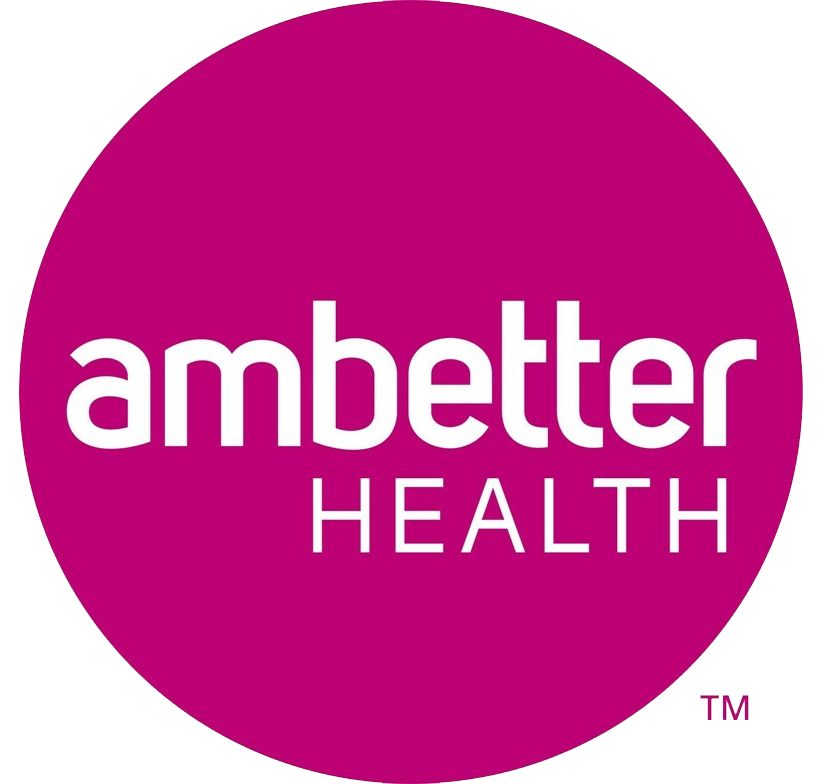How Much Does Drug Rehab Cost? Here’s How to Find an Affordable Rehab
This entry was posted in Drug Rehab and tagged how much does drug rehab cost, how to find an affordable rehab on February 06, 2020 by Justin Baksh, MS, LMHC, MCAP, Chief Clinical Officer.

Seems like a simple question, right? Well, don’t be fooled by those with a simple answer. Why? Because, from start to finish, drug rehab can cost an average of over $49,000 when everything is taken into account. That doesn’t mean you have to pay that much, however. Here’s how to find an affordable rehab.
It’s helpful to remember that drug rehab is a process. It starts with detox and ends at outpatient care. So, when you call a drug rehab and ask what it costs, you may not be getting the whole answer, because not all facilities handle all phases of drug rehab treatment. In fact, it’s rather rare to find one that does.
Some rehab facilities are strictly detoxification centers; others may offer only the inpatient/residential level of care, and others may handle both detox and inpatient care. Still others handle only the outpatient phases of treatment, which are partial hospitalization and intensive outpatient (and sometimes just straight outpatient, as in one to three hours a week of therapy), and some only handle one phase of outpatient.
The problem is that you have to consider the entire cost in order to avoid nasty surprises.
Also, not all patients need all stages, some end up repeating stages, unforeseen circumstances can occur that can increase that cost (such as a relapse or personal crisis in the middle of treatment), and on and on the list of variables goes.
To give you an idea of what you are facing, however, let’s take a look at some ballpark figures. The following are from a 2011 Open Minds study surveying 44 private treatment centers. Amounts have been adjusted to reflect 2020 dollars.
$ 9,750 FOR MEDICAL DETOX – 5 DAYS
Here, clients are monitored around-the-clock while they are in their most acute phase of withdrawal. Medication may be given to ease the symptoms and help them through what can be a very rough experience. Medical detox facility care was $1,707 per day in 2011 (or $1,950 per day in 2020), according to the study. Medical detox stays are typically five to seven days; therefore, the nearly $10,000 figure is based on the lower end of that range, or a five-day stay.
$21,782 FOR INPATIENT/RESIDENTIAL TREATMENT – 28 DAYS
With inpatient or residential treatment, the 24-hour a day supervision continues, with clients living onsite and receiving a full-time course of treatment as well. A 28-day inpatient stay averaged $19,607 in 2011. It is slightly higher today, at nearly $22,000.
$ 9,800 FOR PARTIAL HOSPITALIZATION TREATMENT – 28 DAYS
With partial hospitalization, you attend treatment full-time while you live at home or in a nearby sober living residence. While this level of care wasn’t included in the 2011 study, it has become a very popular option over inpatient/residential treatment. Studies show that this type of treatment is just as effective as residential/inpatient treatment, but so much more cost-effective. As an outpatient program, partial hospitalization is generally one-half to one-third the cost of residential treatment. The average cost of partial hospitalization is $350 a day, according to Health Care Industries of America.
RELATED: Inpatient vs. outpatient rehab. Which one is right for you?
$ 7,840 FOR INPATIENT OUTPATIENT TREATMENT PROGRAM – 10 WEEKS
Those attending and intensive outpatient program (IOP) are generally stabilized in their recovery and are gradually taking on more and more responsibility in their own lives. They are seeking employment or re-entering the workforce, resuming family obligations, and readjusting to the real world. Treatment is given on a part-time basis that typically tapers in intensity. For example, you may start out attending intensive outpatient five times a week, for two or three hours a day, and then step down into a three-day-a-week frequency. The length of time an individual stays in IOP varies; however, since the 2011 study looked a 10-week span, that’s what is included here. In 2011, the price tag was $6,863. Today, it’s about $1,000 more.
$49,172 TOTAL – APPROXIMATELY 18 WEEKS
From detox through IOP, the total comes to over $49,000 on average. Don’t be shocked or scared. Instead, follow this step-by-step guide on finding affordable drug rehab.

STEP 1: Figure out what you need
If you haven’t been using drugs recently, you may not need detox. Likewise, if you don’t have a serious mental illness such as schizophrenia (as opposed to the more common anxiety and depression), you may not need an inpatient stay, which is the most expensive stage of the drug rehab process.
This will be addressed in your initial conversations with a drug rehab center. The outreach or admissions professional taking your call will ask questions designed to determine, in consultation with the facility’s clinical staff, what the appropriate first step will be.
The questions below offer something to consider before you make that call, as you will most likely be asked some variation of the following:
- What drug(s) were/have you been using?
- When was the last time you used?
- Do you have a job or other commitments?
- Are you able to take time off to focus on getting clean?
- Have you ever received a mental health diagnosis?
- Do you have any chronic health conditions and/or are you feeling ill now?
The answers to these questions are critical in determining a starting point for treatment.
STEP 2: Choose your list of potential treatment centers carefully
Treatment centers vary drastically on what they charge. A luxury, beachside treatment center is likely going to be more expensive than one in a more modest setting, for example. Likewise, a smaller, more intimate treatment center may cost less than a bigger facility with a lot of overhead. Regionally there are also price differences. You’d expect to pay more for treatment in New York or California, where the cost of living is higher, than you would for say, one in Mississippi or Alabama, where residents pay less for a variety of goods and services.
Of course, you don’t want to sacrifice on quality. You still need effective treatment.
Look for a treatment center that follows evidence-based protocols, is licensed by the appropriate body in their state or county, accredited by the Joint Commission, and has a qualified staff. Review their website for general information, as well as LinkedIn and other social media profiles to get a feel for the environment in which you or your loved one will be. You can also look at Google reviews to see what clients are saying about the drug rehab center.
Still, keep in mind that, even among reputable treatment centers, there can be a wide variation in cost. Therefore, don’t just call one and be done.
STEP 3: If you have insurance, use it
If you have health insurance, you can have your drug rehab of choice verify your benefits. This will tell you:
- Whether your insurance covers drug rehab
- What type of treatment your insurance covers
- How much of that treatment your insurance will cover
Since the Mental Health Parity and Addiction Equity Act of 2008 was enacted, coverage for addiction treatment is typically available. The most common issue that arises, though, is that there is a deductible to meet before that coverage kicks in.
What do you do in that instance? See step four.
STEP 4: If you don’t have insurance, or you do and there is a high deductible, ask for the cash pay rate
It’s a sad fact that many health insurance policies today have high deductibles that must be met, out of your own pocket, before they cover treatment. Sure, they may pay for a few preventative appointments, but the total cost of almost anything else you may need – from surgery to urgent care appointments and even medication – has to surpass the deductible’s dollar amount before the insurance kicks in. This includes addiction treatment at a drug rehab.
Health insurance deductibles averaged roughly $2,500 for singles and $5,000 for families in 2019. This may not sound so bad, but remember, this is on top of premiums that averaged $7,188 for single coverage and $20,576 for families annually for those covered by employer-sponsored plans in 2019. Those premiums increased 25% over the past five years and have skyrocketed 71% in the last decade.
So it’s easy to see why many people, after paying ever-increasing premiums, don’t have enough money to put aside to also meet a high deductible. This is true even with the availability of Health Savings Accounts (HSAs) allowing high-deductible health plan enrollees to put money aside on a tax-free basis, and is true even if employers make a contribution (usually not enough to cover the entire deductible) to those HSAs.
However, asking for the cash pay rate at the drug rehab of your choice just might get you a lower price. First, the treatment center doesn’t have to go through the hassle of filing for insurance reimbursement. Most often, cash pay clients pay up front or over a short time frame, so the treatment center is getting paid in a timely manner as well. You can read more about why cash pay can be a better deal, even if you have health insurance (and particularly if you have a high deductible), here.
STEP 5: Ask for a sliding scale fee or payment plan
Some treatment centers will charge according to your ability to pay (otherwise known as a sliding scale). You can ask for a payment plan, too, breaking the total up into smaller, more manageable chunks.
Another option is putting the cost on your credit card and paying it off over time. If you are on a high deductible health insurance plan with an HSA, you can pay for all or a part of treatment with the HSA card, even if you don’t use your insurance. This allows you to use as much tax-free money as you can to cover treatment.

STEP 6: Ask about resources that may be available to those with none
If you’ve exhausted all other possibilities, it’s time to look for those facilities that provide care at no cost. These would be state-run or community facilities, which you may be able to attend if you meet certain requirements. Be aware that the demand is very high for no-cost drug rehab, and you may have to wait for treatment. The facilities that provide this type of treatment may not be your first (or second or third) choices, either, and, in some areas, state-run or no-cost facilities aren’t available at all. It all depends on where you live and what is within travelling distance for you.

Ironically,the easiest and fastest way to find out whether there are facilities available in your area is, many times, to call a private treatment center. This is because outreach and admissions professionals are usually intimately familiar with all community resources involved in treatment. They are also trained (and happy) to refer clients to a place where they can get the care they need. The more your outreach representative knows about your situation; this better they are able to make the right recommendation for you. You never know… sometimes those private treatment centers have full or partial scholarships available, allowing you to attend the facility of your choice without breaking the bank.
Although this article provides a general idea of drug rehab cost and ways to find affordable rehab treatment, it’s impossible to address every individual situation without knowing specifics.
That’s why your first step, after researching drug rehabs that you would like to attend, should be to pick up the phone. Be honest with the representative, and address all of your unique circumstances with that qualified professional. Finally, don’t worry that your story is so unique or hopeless that there is no way to move forward. There’s usually always a way to get help for everyone who needs it, and no one knows better than a drug rehab outreach rep who works full-time assisting people just like you.
RELATED: Find out about the outpatient programs Foundations Wellness offers
See our amazing before-and-after stories
Where to find help for family members of drug addicts
How to get a drug addict into treatment

